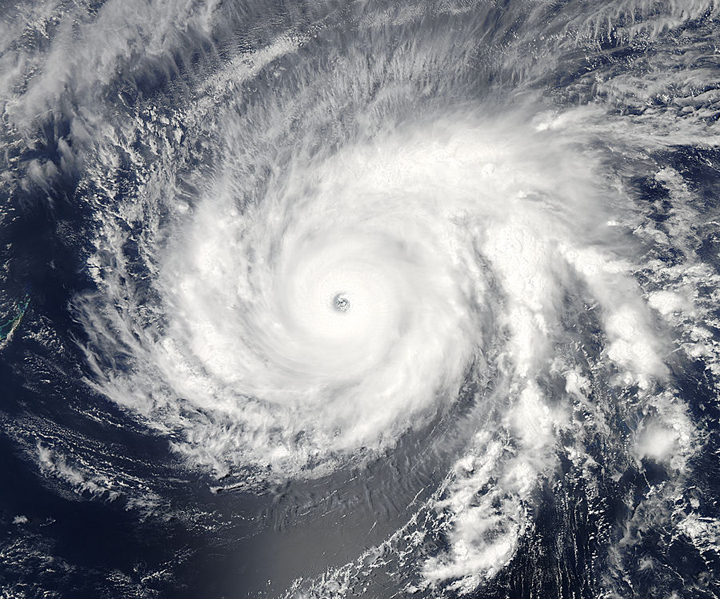MANILA, Philippines – The Philippine weather bureau on Saturday downgraded Typhoon Maysak into a storm as thousands of people were told to leave the country’s northeastern coastline where it was headed from the Pacific after killing four people and destroying hundreds of homes in Micronesia.

The weather bureau said winds and rains will start lashing the eastern seaboard of the main island of Luzon late Saturday before the storm makes landfall early Sunday.
READ MORE: Super typhoon Maysak weakens, expected to make landfall in Philippines over weekend
The Philippine weather bureau changed the category of the Typhoon Maysak to a tropical storm after its sustained winds weakened to 115 kilometres per hour with gusts of 145 kph at around 4 p.m. Under the Philippine weather system, only cyclones with sustained winds of 118 kph and over are classified as typhoons.
The off-season storm comes as the nation marks Holy Week, when many local and foreign tourists visit beach resorts, including popular surfing areas in the north.
READ MORE: Super Typhoon Maysak heading toward Philippines
Social Welfare Assistant Secretary Cheche Cabrera said that in Aurora province alone, which faces the Pacific and lies in the storm’s path, about 10,000 visitors were told to leave beach resorts and inns.
Maysak, first forecast as a supertyphoon, left a path of destruction in Micronesia, sweeping through Chuuk state’s numerous islands and passing just north of Yap state’s outer islands Wednesday. The storm killed four people and left extensive damage.
READ MORE: 5 mind-blowing photos of Super Typhoon Maysak from space
“The critical hours will be in the evening Saturday,” said Philippine Civil Defence Administrator Alexander Pama. “We need to double up the preparations because it is harder to move around in the dark.”
While it was still a typhoon, Maysak threatened to affect 33 cities and close to 500 towns in more than two dozen provinces, according to Interior and Local Government Undersecretary Austere Panadero. Plans for pre-emptive evacuations of communities prone to flash floods and landslides have not been changed.
On Friday, Mayor Nelianto Bihasa of Baler, the capital of Aurora province, ordered all tourists in resorts to leave or face forced evacuation. He also told resort owners to advise guests headed to Baler to postpone trips.
About 20 storms and typhoons enter the Philippines yearly. In November 2013, Typhoon Haiyan, the strongest on record to make landfall, devastated the central Philippines, killing more than 7,300 people.



Comments